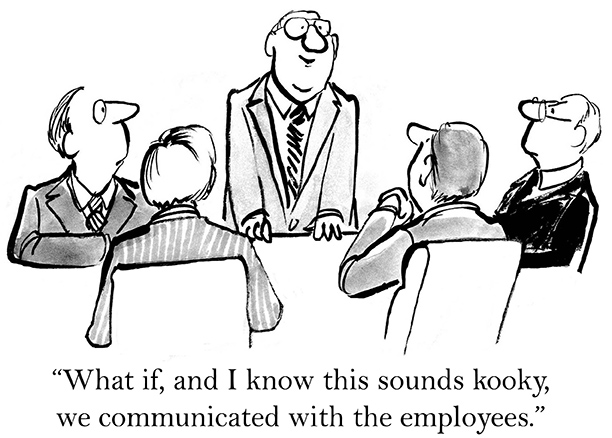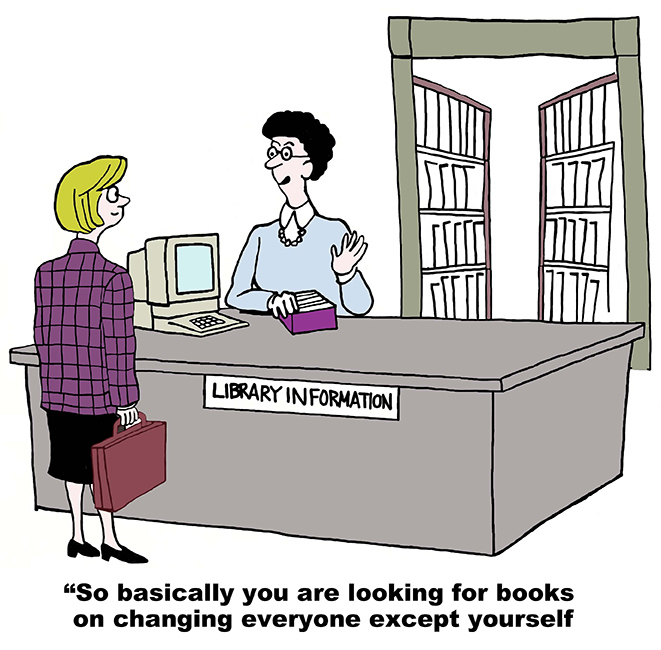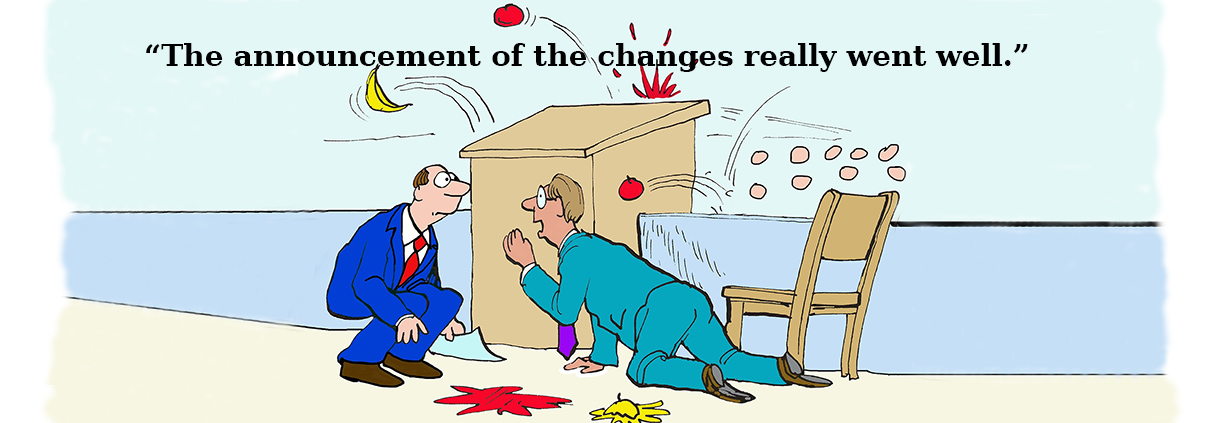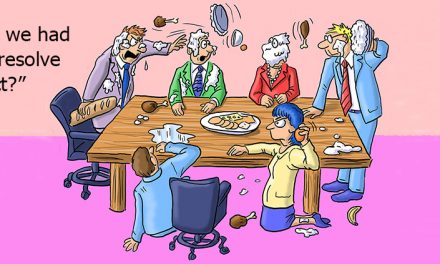There is no shortage of methods, books, and opinions on the subject of change in organizations. Whether we are adopting an agile way of working, in the middle or a large reorganization, improving innovation, or undergoing a fusion or takeover, change is everywhere. And despite all the knowledge and expertize about change management it seems to be a painful process all the time. But there is something else going on as well with the concept of change itself that forces to take another look at the way we manage change: Organizations and processes are becoming increasingly complex, it seems increasingly hard to keep a business model relevant and competitive, and large corporations are threatened by small nimble startups in all industries. Organizations operate in a time of high uncertainty and a high pace of change and adaptability is needed.
What are the flaws of current change methods? What is a better way, better suited for complexity?
What can you expect from this article?
- A better understanding of the flaws of current change management approaches.
- An overview of better methods which are more suitable to deal with complexity and high paced change.
From A to B transformations to continuous change
The biggest mistake I encounter in dealing with change is that change is seen as a temporary state between the current and the new situation. We plan the change, execute it, and then we are done. Granted, this is somewhat simplified, but the facts remains change is supposed to lead the organization towards a new desired state after which the state is completed at some point. Change is regarded as a project with a beginning and end date. It is my opinion that change needs to be continuous in this fast moving world. This means we must always change. It is not a project with an end date; we are always in a state of change. WE cannot afford to postpone change until, the moment it starts to hurt, for example, when margins are down or a business model is declining. That is too late. We must continuously search for new opportunities and promising value propositions, and new and better ways of working.

A continuous flow of small changes allows us to keep up with the current competitive landscape and is much less dramatic for those involved.
From top-down to participatory change

Change yourself first
When we ask employees the same question, we typically get answers like ‘Management needs to learn to trust us’ or ‘Management does not understand what we need’. Do you spot the trend? We have the tendency to see the need for others to change. If you as a manager want to support a change, change yourself first. And be very transparent about it. The second thing management needs to do is to stop managing people directly, but instead create an environment in which it is safe for people to change themselves and initiate change.

From plan-driven to feedback driven change

Conclusion
In a world of fast change and increasing complexity the traditional methods of managing change are not optimal. The usual from A to B approach leads to big painful dramatic changes. Instead we should adopt a strategy of continuous small changes. Change becomes the default state. Not stability. Change also needs to be initiated and executed bottom up, not only top-down. This totally changes the game in terms of resistance to change. Management that wishes to support chnahge must start by chnaging themselves. And finally, change needs to be feedback-driven instead of plan-driven, meaning we continuously conduct small change experiments and learn from the outcome.
Follow this article
You can choose to follow this article in which case you will be notified when there there are updates of the article. You can also choose to follow all articles of this category. You will then be notified if a new article is added in this category.




